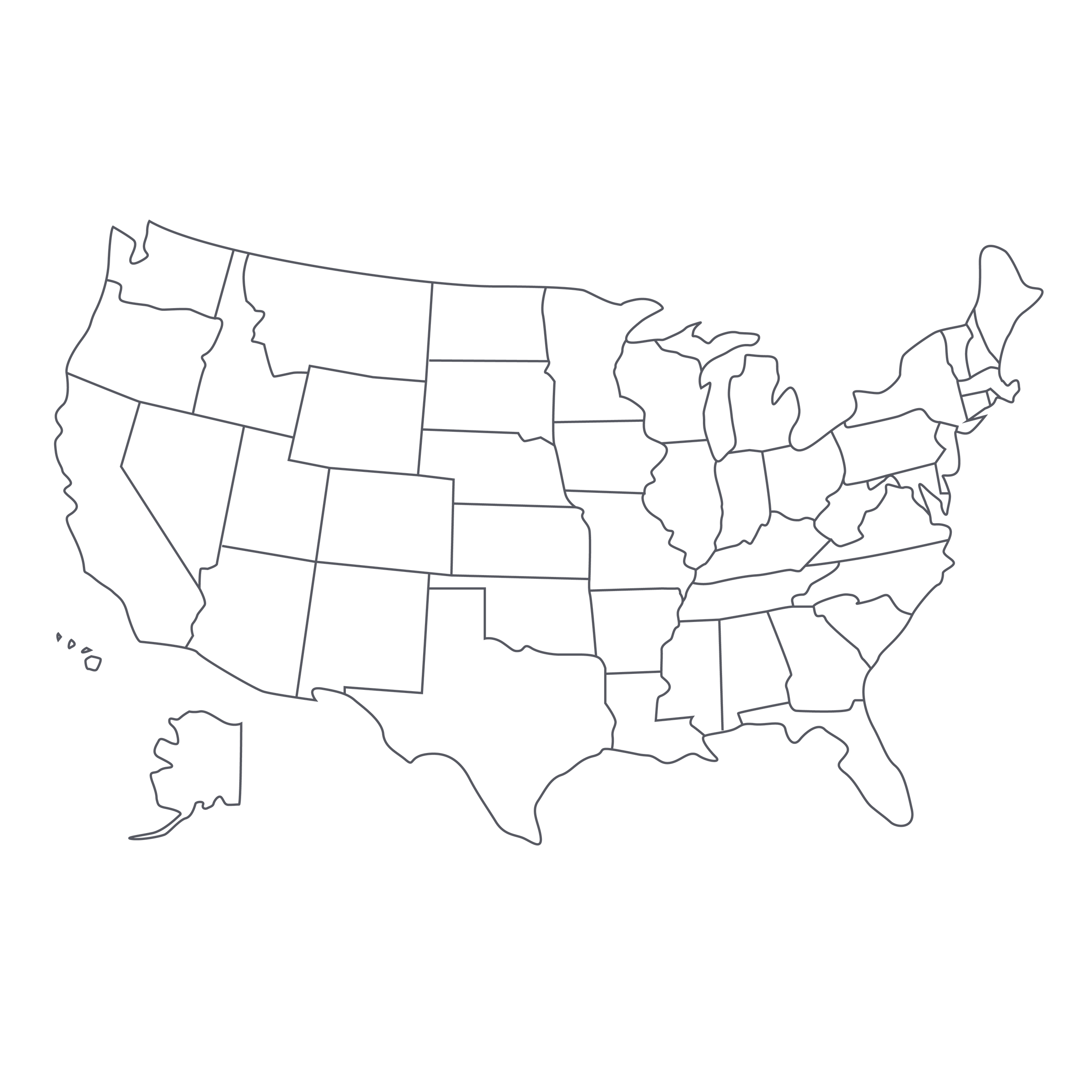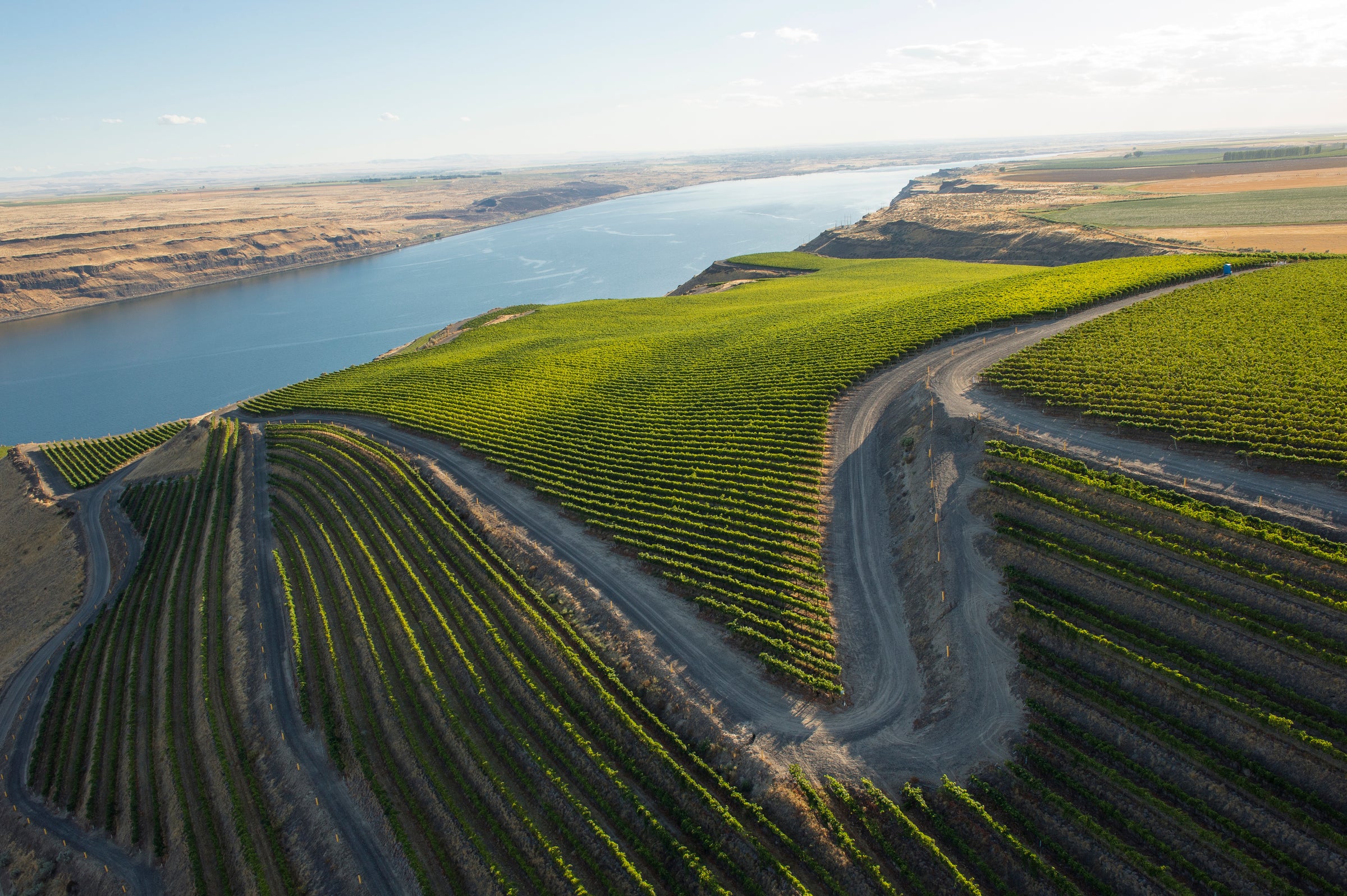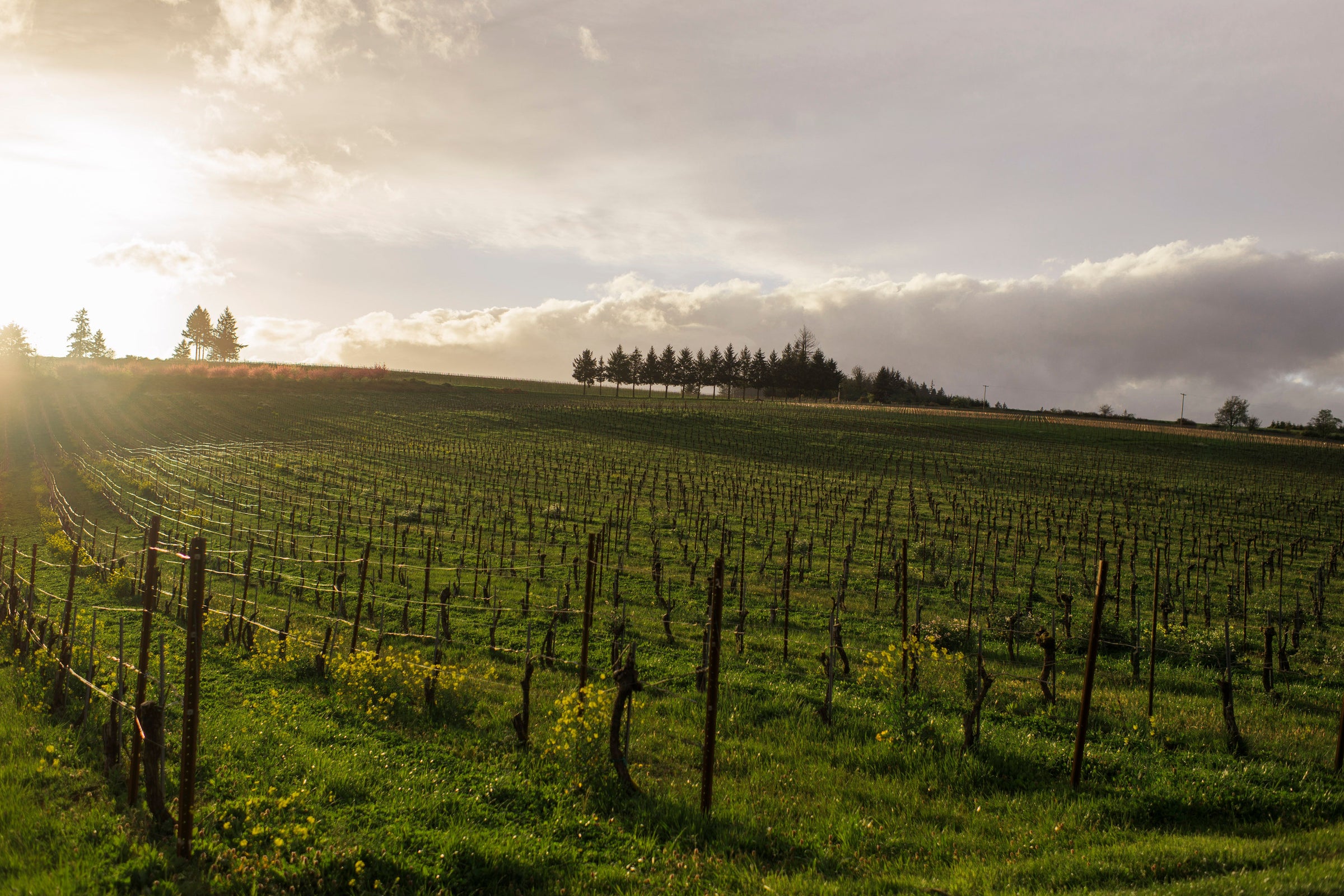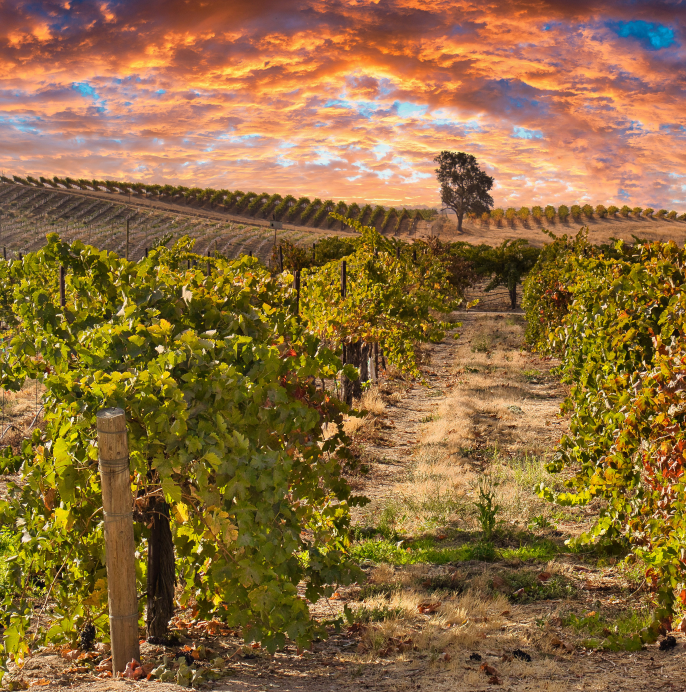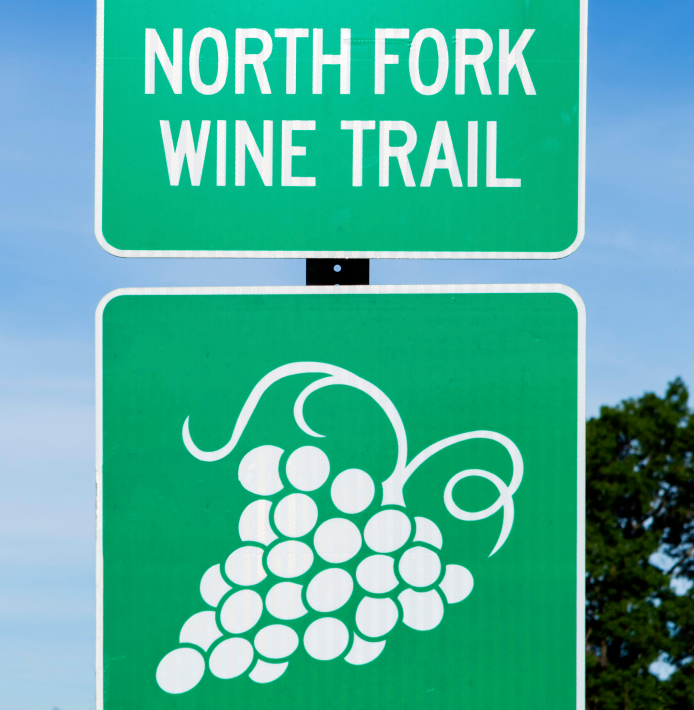Like prospectors during the Gold Rush, we scrambled up the rocky slopes of Spring Mountain in search of treasure and found it: A tiny parcel of decade-old Cabernet Sauvignon from the storied Marston Family Vineyard. Well, okay, the “extraction” of this 2010 wasn’t quite so dramatic, but the wine itself is—a vivid evocation of one of the world’s greatest Cabernet Sauvignon growing zones. Tucked into the densely forested heights of the Mayacamas Range, Marston Family Vineyard is one of the enduring boutique estates in the Napa Valley and the kind of artisan-scale passion project the Spring Mountain District is known for.
Critic Antonio Galloni aptly described the wines of the 2010 vintage in Napa Valley as “magnificent, viscerally thrilling wines loaded with character and personality,” and one sip of today’s wine adds a few exclamation points to the end of that sentence: Its combination of power and grace, combined with the encroaching accent notes of maturity, had everyone around here swooning. Given that only 500 cases of this wine are produced each vintage, the preciousness of the tiny parcel Marston allotted to us is, quite frankly, not reflected in the price. This wine still has a good decade or two to go, but it’s also primed to blow your doors off some Winter evening soon.
Looking down on the Napa Valley, Marston Family Vineyard is perched on a forested hillside west of St. Helena. It is here, in the hills that make up the southern section of Spring Mountain, that vines on the property were first planted just before 1900. Accessible only by horseback, this rugged, rocky site was the result of vision, passion, and dedication. Before the Marstons took it over in the 1970s, the property was a laboratory of viticultural experimentation and innovation. Owner Al Menasco planted a dozen varieties in various microclimates and soil types, recording all the results over the years, still contributing to people’s understanding of this area. He also happened to be friends with Clark Gable and had marauding weekends spent shooting and riding tractors while drinking whiskey sours.
After years of experimentation and research, it was in the '70s and early '80s that the estate got serious about making the best wine it could. With the help of Napa leading lights Philip Togni and Andre Tchelistcheff, Marston Family Vineyard produced Cabernet Sauvignon, Petite Sirah, and Zinfandel. After that Sean Thackery made legendary Petite Sirahs under the Sirius label, including the 1992 vintage example named “Best Red Wine in the World”. In the 1990s, there was a massive re-planting effort and partnership with Beringer where the famous label tagged Marston Family Vineyard as a private reserve vineyard. As a result, the majority of the fruit was dedicated to the award-winning Private Reserve Cabernet. The Marstons still held onto their dream of making world-class wines under their own label and began in 1998 the most recent era of the company. They began blending the best blocks on the estate to create a limited production, high-quality wine that would be the distillation of the site’s character and quality.
The 2010 vintage was one for the history books. With a cold summer, the growing season ended up being one of the longest that the valley had seen. This extended hang time gave the grapes full phenolic ripeness and elegant tannins but a need for maturation in the bottle. This was the wisdom of the time and the 2010 Marston Family Vineyard bears this out. Upon opening, I recommend a decant for 30 minutes to allow for the aromas to open up. It only takes a few minutes for the many-layered aromas to unleash here. The wine is still a deep, dark garnet with a very slight bricking at the rim. On the nose the fruit is still vibrant at the forefront, with cassis, black plum, and blackberry compote but mixed with the complex secondary aromas; scents linger like tobacco, leather, nutmeg, cedar. What is most remarkable about this wine on the palate is the balance; a balance of fruit and structure, sweet and savory, elegance and power. The palate still has incredible richness but the tannins have gone through just enough evolution to give a firm, but smooth finish. I would say that this wine is only beginning its sweet spot and has another 10+ years to develop and evolve—that said, it’s singing right now! Enjoy!




